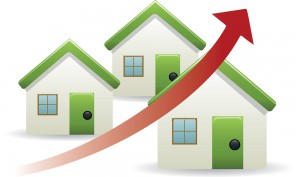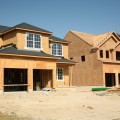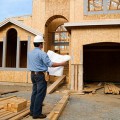 Housing starts in the United States increased by 9.8% in December, a number that meant an annual pace of 999,000 new homes started across the country, according to the U.S. Department of Commerce.
Housing starts in the United States increased by 9.8% in December, a number that meant an annual pace of 999,000 new homes started across the country, according to the U.S. Department of Commerce.
That number is higher than the 975,000 predicted by economists, and even higher than the numbers from the warm summer months.
The Commerce Department also updated the numbers from November, reporting that 1.11 million new homes annual pace in that month. That’s the highest figure in more than five years, according to the Dow Jones Newswire.
The housing start numbers are another in a string of good economic news in the last month. That’s good news for those considering entering business school or who already pursuing a degree, as such indicators could mean an improving job market in the coming years.
The Commerce Department reported that for all of 2013, housing starts increased by 18.3% over 2012, making it the strongest year for housing starts since 2007. Construction on single-family homes actually fell in December, but even that annual pace – 667,000 – was the second highest reading since May 2008.
A rise in interest rates slowed new home construction, according to the Dow Jones Newswire, but the rates stabilized in late 2013. With the Federal Reserve planning on curtailing its bond-buying program – a policy that helped keep interest rates low – a rise in interest rates could occur again in 2014.
The average rate on a 30-year fixed mortgage is now at 4.48%, according to the Dow Jones Newswire.
In related news, the National Association of Home Builders (NAHB) reported that builders’ confidence in the housing market has “essentially leveled out and is holding at a solid level,” said association chairman Rick Judson in a news release.
The monthly survey of home builders is conducted by the NAHB in a partnership with Wells Fargo. The survey asks builders around the country to rate the current single-family home market as well as their expectations for the next six months. The survey also asks the builders to put a rating on the traffic of potential home buyers. All three areas declined in the January survey, but only by a small margin.





